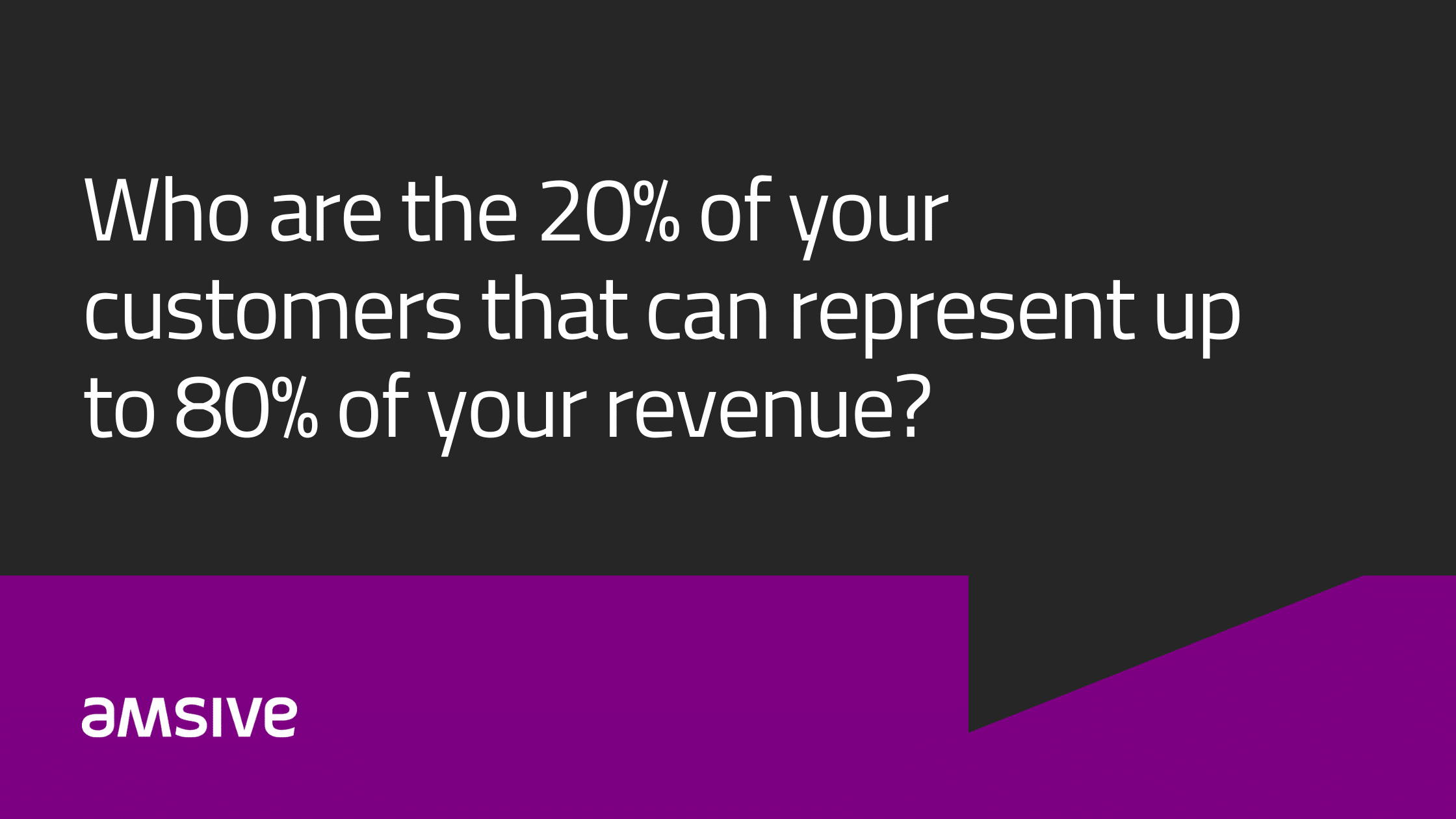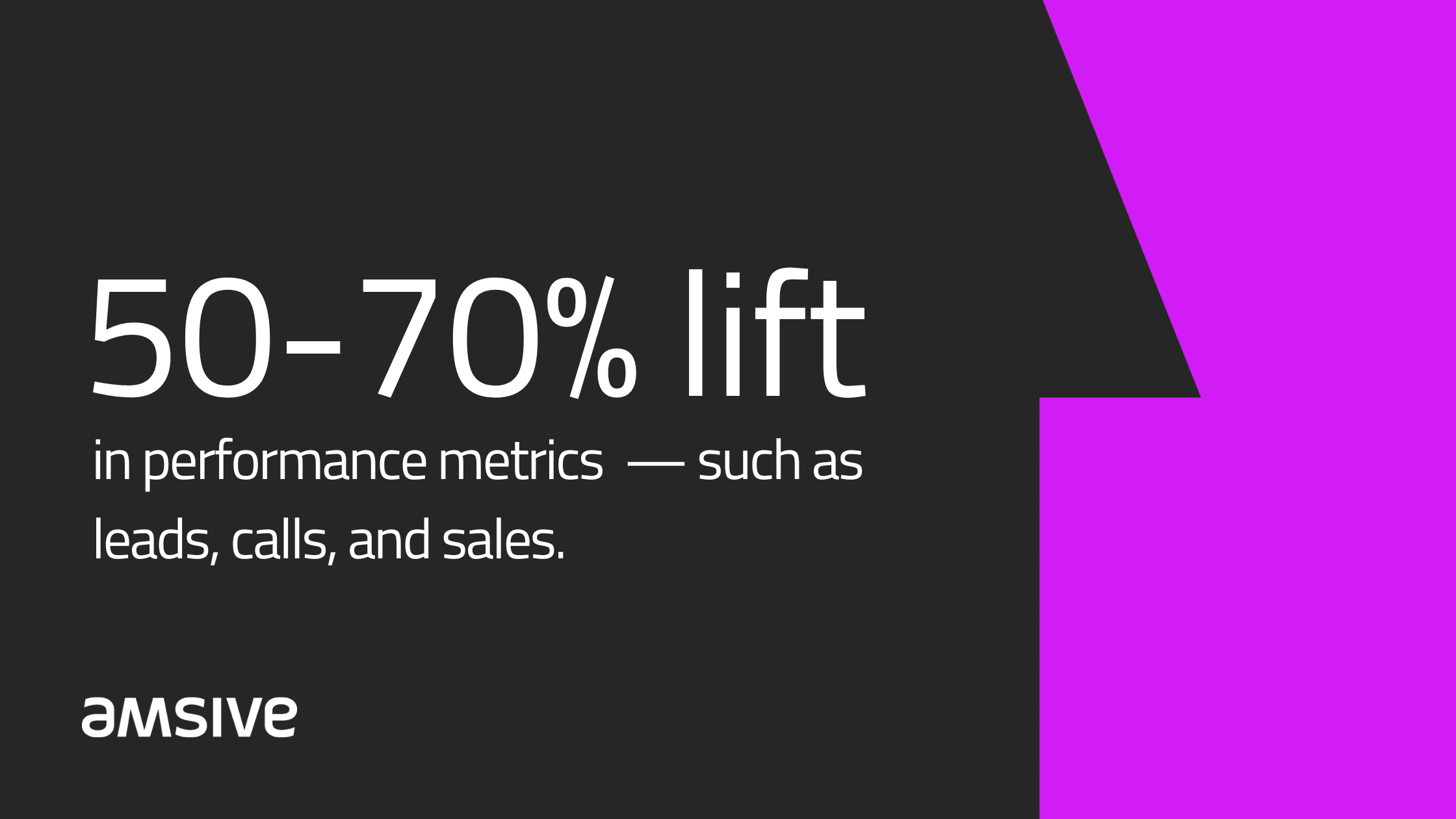Additional Contributors: Mike Coppola, President, Amsive, James Connell, Sr. VP, Media + Analytics
Most major ad networks and publishers offer a range of powerful AI tools designed to help marketers develop engaged, high-intent audiences that deliver advertising results. For example, tools such as Google’s Performance Max use AI to help marketers find new opportunities and expand their reach with advanced targeting expansion capabilities.
However, generative AI and machine learning toolsets are only as good as the data marketers prompt them with. Relying solely on machine learning and generative AI tools without a strong foundational audience strategy can limit a campaign’s success and restrict the full potential of your marketing efforts.
To unlock the full potential of publishers’ ‘black box’ audience products, augmenting their AI-powered expansions with well-segmented first-party data and audience models based on your brand’s most valuable customers is essential. Use AI to build audiences that deliver ROI by utilizing real details, intent, and signals that only known audiences can provide. Here’s how.
Build Unified Customer Profiles
A deep understanding of your past and current customer base is at the core of a successful audience strategy. Start by analyzing your first-party audience and sales data to gain valuable insights into your best customers while also identifying those who are not worth pursuing.
Then, match your first-party customer data with customer intelligence to uncover additional data points. A sound customer profile should combine your first-party data with data points from multiple sources of consumer household data, online engagement data aggregators, real-time behavioral and online activity data, and offline data. Multi-sourced data platforms (such as our proprietary XACTAudience® database) can combine data from these various sources to create a complete, unified profile of your best customers and prospects.
The more you know about your best customers, the more effectively you’ll be able to target prospective customers just like them.
Identifying Key Personas and Scaling Audience Data
Once you have identified your best customers and created accurate customer profiles, segment your audience into key personas. These personas represent groups of customers who share similar characteristics and behaviors.
For example, an e-commerce brand might focus on acquiring profitable customers by identifying the characteristics of its most valuable repeat or high-AOV customers. By modeling the segments (i.e., those who make up 20% of your client base but represent 80% of your revenue), you can create scalable lookalike audiences (LAL) to target similar potential customers likely to be more valuable than the average consumer.

It’s equally important to consider negative audience targeting. Not every customer is profitable; some may require excessive service or have a high churn rate. You can improve long-term profitability and allocate resources efficiently by identifying and excluding these unprofitable customers from your campaigns.
This approach significantly outperforms AI targeting alone, as it enables you to reach specific segments of customers who exhibit higher lifetime value or are more likely to make repeat purchases. By understanding the attributes and behaviors of your most valuable customers, you can refine your targeting and messaging to maximize the return on your advertising spend.
AI Tools are Only as Good as Your Audience Strategy
While publishers’ audience tools offer powerful audience targeting and optimization features, they can only accelerate marketing performance when powered by a robust audience strategy.
To fully leverage the opportunities provided by AI, it’s crucial to understand your best customers and structure your data accordingly. With a strong foundation of customer segmentation and personas, AI-driven audience expansions can actually reach high-propensity audiences and drive outstanding marketing results.
Building and implementing a data-driven audience model based on known customer data is the most reliable indicator of success for your brand and performance marketing campaigns, including search, display, programmatic, and video. When they invest in audience profiling and segmentation, our clients can consistently see remarkable lifts of 50-70% in performance metrics like calls, leads, and sales.

A comprehensive audience strategy means amplified performance and also means marketers must be conscientious stewards of customer data. Dig deeper into what it means to balance marketing personalization with data privacy, or let’s talk about how to achieve more for your marketing — and your business.






